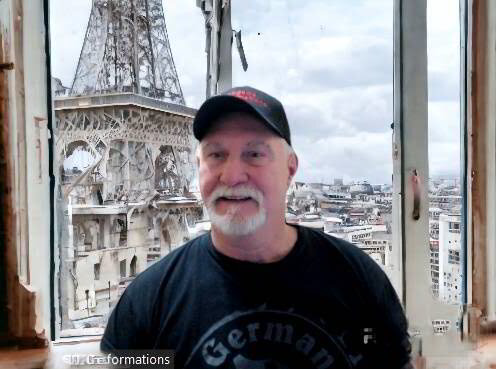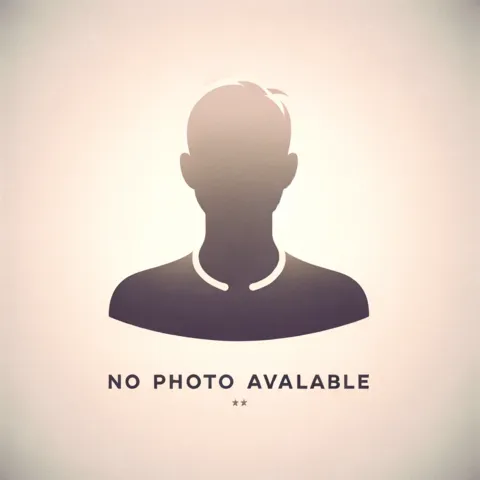
Where your transformational journey ignites.
Step into the realm where transformation isn't just possible—it's promised. Hidden within you, much like the uncharted stars that sweep across the night sky, lies a potential vast and profound. Have you ever gazed upwards, entranced by the infinity of the cosmos, feeling the pulse of endless possibilities within you? Take a moment, stand on the cusp of your future. The mere idea that each step forward ushers you into the mesmerizing world of hypnosis—it's exhilarating, isn't it?
Do you harbor the belief, nestled deep within your being, that a fountain of untapped potential awaits your discovery? Often, all it takes is a beacon of light to reveal the path to our true destiny. As you peruse this space, does the thrill of transforming your life awaken a fervent excitement within you? Can you envision taking that decisive step into a tomorrow where dreams are not merely aspirations but achievable realities?
Your journey begins now, with an invitation to a FREE session. Welcome to a sanctuary where each moment is ripe with the potential for growth and discovery.
Are you ready to take this leap to uncover the wonders that await?
Career Focus:
Embark on a voyage where clarity and ambition merge into a single, illuminating path. Hypnosis unveils a world where focus sharpens, casting a bright, unerring light on the road to career excellence. Feel your concentration intensify, spotlighting your goals with unparalleled clarity. Listen to the symphony of your success, each hypnotic session drawing you ever closer to your zenith. Visualize yourself reaching unprecedented heights, your aspirations materializing before your eyes, and transitioning from dreams to tangible achievements.
Unlock the door to your professional pinnacle with a FREE session.
Begin the journey toward unprecedented career success.
Ambitions:
Dare to dream, and watch as those dreams take flight. Hypnosis serves as the wind beneath your ambitions, elevating them to realms previously unimagined. Experience the thrill of your aspirations soaring, unbounded and free. Visualize the vibrant palette of your dreams, coloring the canvas of your future with bold, brilliant strokes. As you navigate this site, align more deeply with your innermost ambitions, turning 'someday' into 'today'. Listen as the whispers of your ambition grow louder, a compelling call to action that cannot be ignored.
Book your FREE session today, and transform 'someday' into 'now.'
Let your dreams ascend to new heights.
Goals:
Goals are not merely destinations; they are milestones on a journey of self-evolution. Through hypnosis, each goal shifts within reach, tangible and attainable. Feel the solid ground of achievement beneath your feet, a path carved by determination and perseverance. See your goals crystallize, vibrant, and definite, as drmichaelharris.com becomes the catalyst in transforming your aspirations from ephemeral wishes to celebrated triumphs. Hear the resonant chime of success, its clarity echoing the realization of your ambitions.
Secure your FREE session and set forth on a transformative journey of achievement.
Transform your goals into victories.
Wellness Seeking:
Wellness transcends physical health, embodying the harmony of mind, body, and spirit. Hypnosis offers a refuge for wellness, a confluence where holistic healing and inner peace converge. Sense the rejuvenating energy flow within you, restoring balance and harmony. Inhale the essence of tranquility as if surrounded by a serene, verdant oasis. Here, discover the route to a more balanced, fulfilling life, where every breath draws you nearer to complete wellness.
Begin with a FREE session and step into a life of balance and harmony.
Embark on a journey to wellness today.
Personal and Professional Transition:
Change, ever constant, unfolds as a journey of discovery. Whether navigating personal or professional transitions, hypnosis provides the compass to steer these waters with confidence and ease. Feel the excitement of new beginnings, each step resonating with purpose. Visualize your transitions unfolding smoothly, as effortlessly as a ship glides over calm seas. Let each session guide you towards embracing change, not as a challenge but as an opportunity for growth and transformation.
Schedule your FREE session and embrace the journey of change.
Navigate your transitions with confidence.
Self-Improvement:
The quest for self-improvement is a noble journey. Hypnosis acts as a mirror, reflecting the vast potential within. Embrace the empowerment of unveiling new facets of your personality, discovering strengths you never knew you possessed. Listen as your inner voice of confidence grows louder, affirming your capabilities. Here, each technique, each session, draws you closer to the best version of yourself, fostering growth, confidence, and self-awareness.
Book your FREE session now and embark on the noble journey of self-improvement.
See yourself evolve
Habit & Behavioral Change:
To transform habits and reshape behaviors is to rewrite your narrative. Hypnosis delves into the subconscious, fostering deep, enduring change. Revel in the freedom of discarding outdated patterns, emerging anew, empowered. Visualize new, positive habits taking root, supplanting the old. Within drmichaelharris.com, discover the tools and guidance to break free from past constraints and cultivate empowering new habits, each step a testament to your commitment to transformation.
Claim your FREE session and begin the journey of lasting change.
Rewrite your story, today.
Testimonials
I was stuck. In my early 50s, in a career transition, and I was stuck. I read all the books. I listened to the podcasts. I collated all the best ideas from the best sources, and I still struggled to get from intention to execution. Working with Michael allowed me to change that. He showed me the tools I needed for ME to move forward, and he helped me create strategies to go from intention to execution. I've found these new tools to be incredibly adaptable. They span my professional, personal, and married lives. I now feel that I can not only see my issues but also analyze them, create concrete next steps, and then track my progress in a useful way. When barriers arise, as they always do, I now feel empowered to handle them. I am no longer stuck.
-Greg Melcer
Michael's background in hypnotherapy, NLP, and performance coaching helped me to better understand myself and the people in my life, both personal and professional. Under Michael's coaching, I experienced a transformation around some behaviors in my life, and I'm grateful to Michael and his coaching program.
- Craig Boland
Although it sounds cliche, I felt as if I had lost a part of myself, a big part, perhaps many parts.
Michael’s genuine interest in my success, his flexible use of strategies, and his unwavering enthusiasm helped me attain (my) major goal: gain the sense of being comfortable in my own skin. This had been a decades-long desire, and it is a foundational success for me (my life?).
-Rose Todora
I have had PTSD for years that caused trouble handling the stress of full-time work, friends, home, and just about everything. I have been trying to be able to handle the stress of work and home, wanting to move past old traumas. I started originally in therapy with a psychologist, weekly, and after two years, it didn’t really feel like I was getting anywhere, and I knew hypnosis had been known to work as well as
one-on-one coaching that teaches confidence and how to start a new direction with work, home, friends, and how to keep moving forward.
Ara Harris - Kentucky
"Michael works with intelligence and compassion. His commitment to excellence and his talent are nothing short of inspirational. It is always a privilege to work with him."
Laurie Nadel, Ph.D.Reiki Master, www.Reiki4PetsUSA.com
I just want to say thank you for helping me get through my fears and anxiety! I still can't believe that in such a short amount of time, you have been able to do what no doctor has been able to do in the past. I have passed the word on to my anxiety disorder support group. God bless!!!
Rachelle Mendez - Grand Rapids, MI




